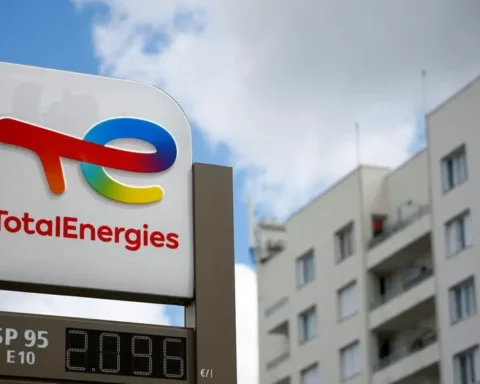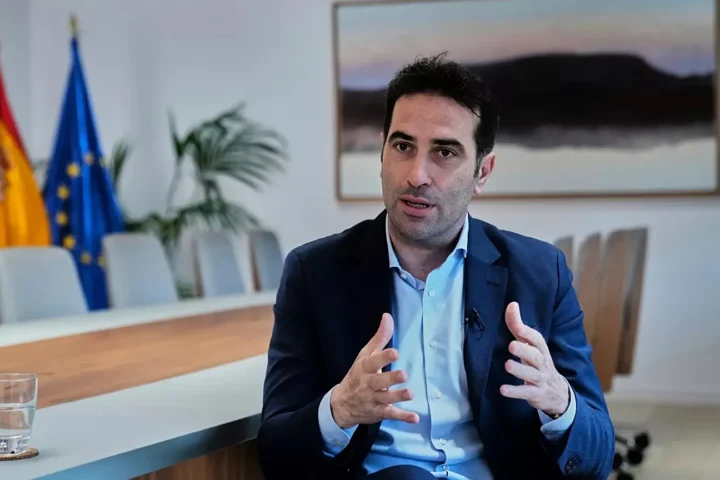With increasing concerns over deforestation and climate change, forest conservation has become a priority. Millions of acres of forestland are at risk of being lost to development in the coming decades. One innovative solution gaining traction is forest carbon credits—a financial mechanism that rewards landowners for maintaining forests and enhancing carbon sequestration.
One landowner who recently acquired an 86-acre forested property sought ways to preserve the land while making it financially sustainable. Through participation in a carbon credit program, they found a way to align conservation with economic benefits, allowing them to generate income while ensuring the forest remains intact.
The Growth of Forest Carbon Markets
The voluntary carbon market has seen rapid expansion, with projections estimating its value will reach tens of billions in the coming years. Traditionally, large-scale landowners and corporations dominated the market, but newer programs are making it accessible to smaller private landowners, offering them a way to monetize responsible forest management.
By enrolling in these programs, participants commit to maintaining and improving the carbon storage capacity of their forests. In exchange, they receive financial compensation, often structured over two decades. The goal is to preserve existing trees, improve biodiversity, and implement sustainable forest management practices.
Financial and Environmental Incentives
Forest owners who enter carbon credit programs receive payments per acre, helping offset property maintenance costs. These financial incentives make conservation a viable alternative to deforestation or commercial harvesting.
The value of carbon credits is determined through a structured methodology that assesses how much carbon a forest can capture over time. This approach ensures that landowners are fairly compensated based on the environmental impact of their conservation efforts.
Challenges and Opportunities
While carbon credit markets provide an essential tool for reducing atmospheric carbon, they have faced criticism. Some argue that companies purchasing credits may use them as a substitute for reducing their own emissions. However, when implemented correctly, these programs contribute to real environmental benefits by directing funds toward sustainable land management.
For landowners, the key to success lies in understanding contract terms and assessing whether a carbon credit program aligns with their long-term goals. While some agreements require limits on timber harvesting, the financial trade-off can be significant, making conservation an attractive alternative.
A Sustainable Future
Forest carbon markets represent a powerful tool for land conservation and climate action. By offering financial incentives to preserve and manage forests responsibly, these programs support both landowners and the broader fight against climate change.
As awareness and accessibility grow, more landowners have the opportunity to turn their forests into valuable carbon sinks while securing long-term financial benefits. With strategic planning and informed decision-making, forest carbon credits can pave the way for a greener, more sustainable future.

























